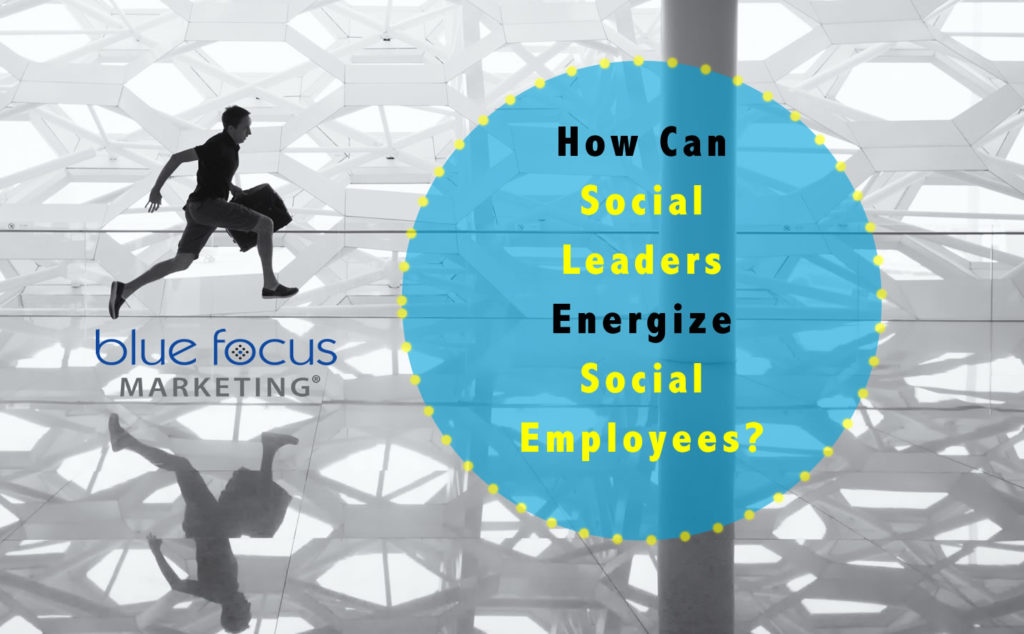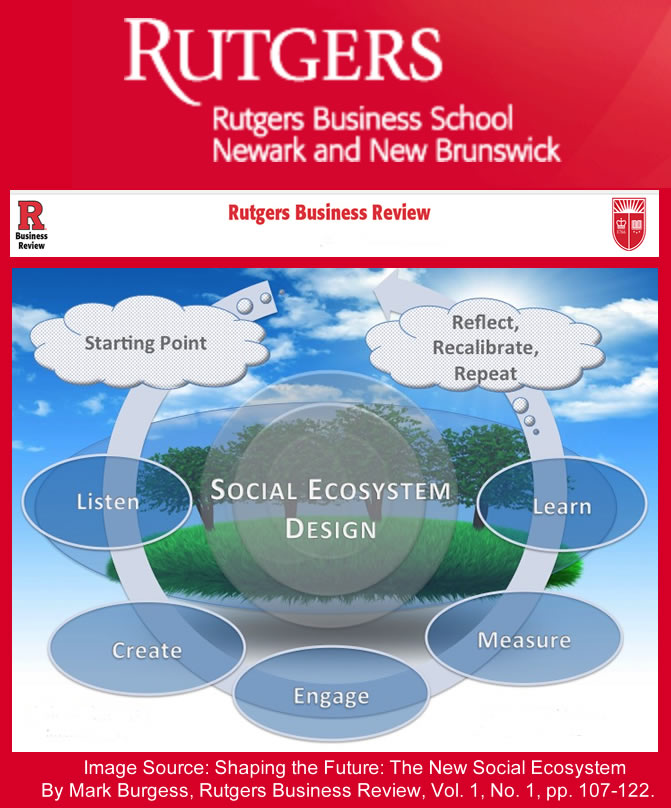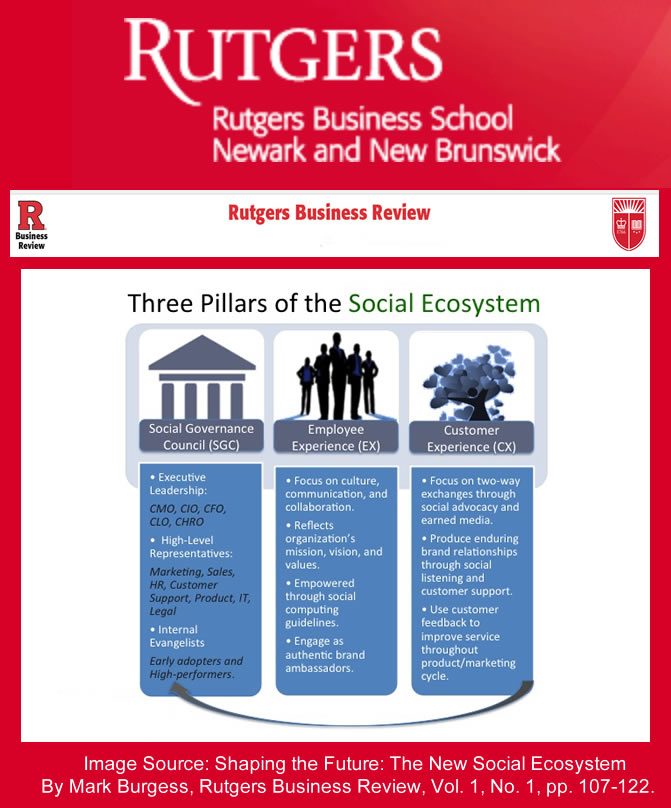Like any good program, social employee advocacy requires dedicated leaders to succeed.
Which came first: The social employee advocate or the social leader? This chicken-and-egg question has been hounding marketers for years now. On the one hand, you can’t become a social leader until you’ve learned the ropes of employee advocacy. On the other hand, you can’t build a stable of social employee advocates without a few social leaders to light the way.
This kind of thinking won’t get you very far. After all, it’s not really so much about which came first (spoiler alert: it’s the egg!), but rather how you and your fellow employee advocates continuously grow to become better versions of yourselves and renew the social process.
When you think of it this way, the similarities are striking.
The chicken
Develops in the egg → hatches → gets taken under its mother’s wing → grows to adulthood → renews the process for the next generation
The social employee
Develops in a pilot or training program → is certified in the program → learns to grow communities with the help of social leaders → builds their own leadership platform → renews the process by assisting the next generation of employee advocates
Each time the process renews, it also evolves—and our social leadership strategies must evolve with it. After all, if your social employee advocacy programs fail to produce effective social leaders at every level of your organization, your program risks stalling out—or worse.
Why is social leadership so important?
Social programs fail when leadership fails to drive those programs. This isn’t rocket science: if you lack clear objectives, don’t establish a basic set of operating principles, and do nothing to secure buy-in, your social program isn’t very likely to succeed. That’s why, in Blue Focus Marketing’s social ecosystem model, we advocate for senior leadership and C-Suite involvement from the outset of any social initiative. And while it’s true that social leaders can come from anywhere within your ranks, social programs must be championed by those at the top of the food chain.
Of course, it’s not enough to just mandate social adoption. Social accountability must be modeled constantly. As the research shows, walking the walk is a cornerstone of building buy-in and setting the tone for organizational culture. CEOs and other executives who engage on social media are seen as more trustworthy—and so are their brands as a result. Not only that, but employees would rather work for a social CEO, and 77 percent of buyers are more likely to buy from a company with one.
Organizations like Johnson Controls have embraced this idea as an essential pillar of their own social adoption process. Using a program that highlights best practices, encourages authenticity, and brings social channels inside the organization through a digital “command center,” CEO Alex Molinaroli regularly engages stakeholders on behalf of the organization, building brand value and generating a great deal more media attention for the company.
The value of learning by example
But what of the social leaders within your organization? At the end of the day, a large percentage of us learn best by example. It’s one thing to encourage someone to share a video or write a blog, for instance, but it’s quite another thing to show how it works by doing it yourself. After all, as IBM Chairman, President, and CEO Ginni Rometty said in the Economist Intelligence Unit’s list of the top 25 social business leaders, “In a social enterprise, your value is established not by how much knowledge you amass, but by how much knowledge you impart to others.”
This is how the social process renews itself and expands. As your social employee advocates grow in skill and audience reach, empower them to step into greater leadership roles. With proper training and support, your organization has nothing to lose, and everything to gain. After all, while a social CEO is more trusted than socially resistant CEO, everyday employees are more trusted than any other brand representative. Empower them to lead, and encourage less experienced employees to follow their example.
So forget the chicken and the egg and commit your brand to an effective, well-planned social employee advocacy program. Remember, it’s not about the leaders, employees, or program you have to start. It’s about what you can build together by committing to the process and supporting each other’s efforts.













